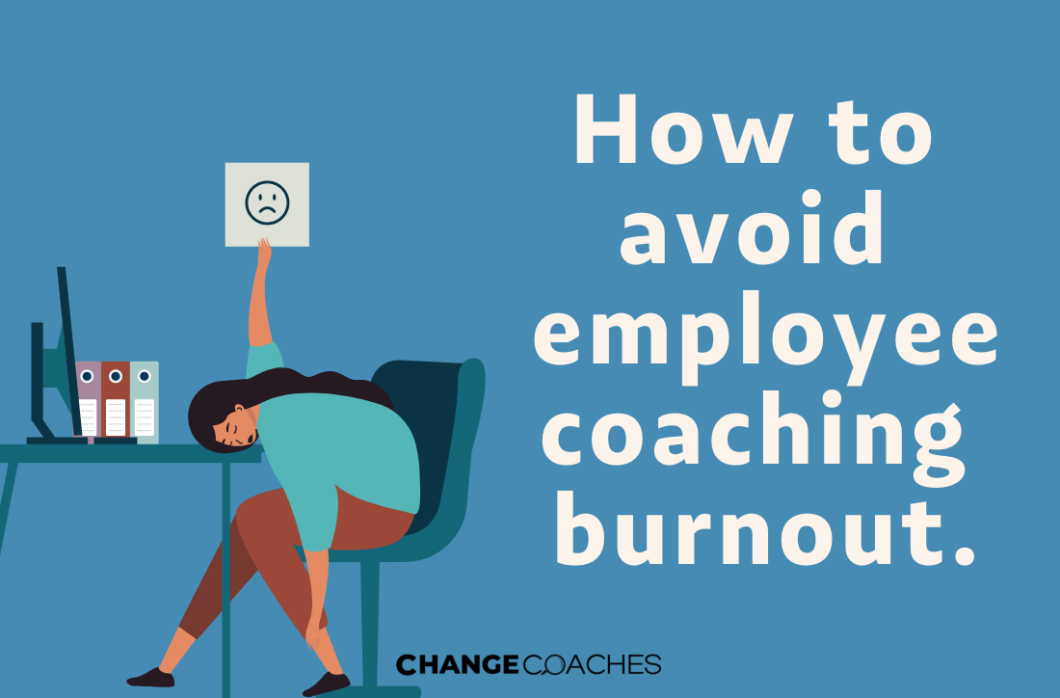I am still reflecting on a memorable conversation that I recently had with someone. At a reception, a woman who works for a very reputable company, let’s call her Tina, revealed to me that she is all “coached out.” She explained that she receives way too much conflicting advice and that she needed to pull away so “she could at least try to put some of the advice to use.” Her company offers countless mentor, coaching and training programs and, under her boss’ direction, she was engaged in most of them. She was asking for my advice on what to do next.
I immediately had a flashback. I had been there. Throughout my career, I recalled participating in numerous sponsor and mentorship programs. I had managers, peers and others attempt to groom and take me under their wing. Much like Tina, some of these instructions were conflicting; others were overwhelming and I found myself attempting to memorize what I should do next. Instead of feeling energized and empowered, I was left fearing that I would play the wrong card, or, even worse, I would forget something. I realized that I wasn’t being coached, I was given orders and they were for missions that I wasn’t fully prepared for.
As leaders, we often unintentionally overwhelm employees with underwhelming coaching. We may want to protect our employees from making the same mistakes we did, or we may have them in mind as a successor for a very specific role. It’s also possible that we want the employee to experience rapid growth. When someone is on a fast-track, the myth is that more is better. But, if you overwhelm your employees with mediocre advice, they will quickly feel coached out.
So, how can you avoid coaching your employees out?
- Ask more questions and do less telling. Are you constantly telling your employees what they should do based on your own experience? Try taking a coaching approach. Communicate what needs to be done at a high level and then ask questions to help your employee determine the best plan of action. Many leaders fear asking questions because they falsely believe that this approach causes the employee veer off track but it actually does the opposite. Figure out what’s best for the employee; not what’s best for you.
- Take diversity into account. Diversity comes in all shapes and sizes. The diversity of how employees learn and absorb information is particularly relevant here. Don’t assume that employees that are different from you will respond to the same type of development that worked for you. Perhaps you were advised every step of the way. Or, conversely, maybe you learned everything yourself. Just because that works for you, don’t assume overwhelming your employees with stories about your own success will pave a similar path for them.
- Emphasize quality over quantity. I have overheard way too many conversations in which an employee said that they are “working on learning everything.” Many leaders see this as extraordinary initiative and recognize employees accordingly. But, supporting this type of behavior is exactly how employees get burnt out. If you have an employee that is enthusiastic about learning, ask him/her to prioritize. Once they have showed impact in core areas, they can tackle others.
Learning and development programs continue to grow. This is a good thing. But, to avoid burnout, it’s important that employees balance their development plans. Less is more and coaching can go a long way if it’s approached properly.

